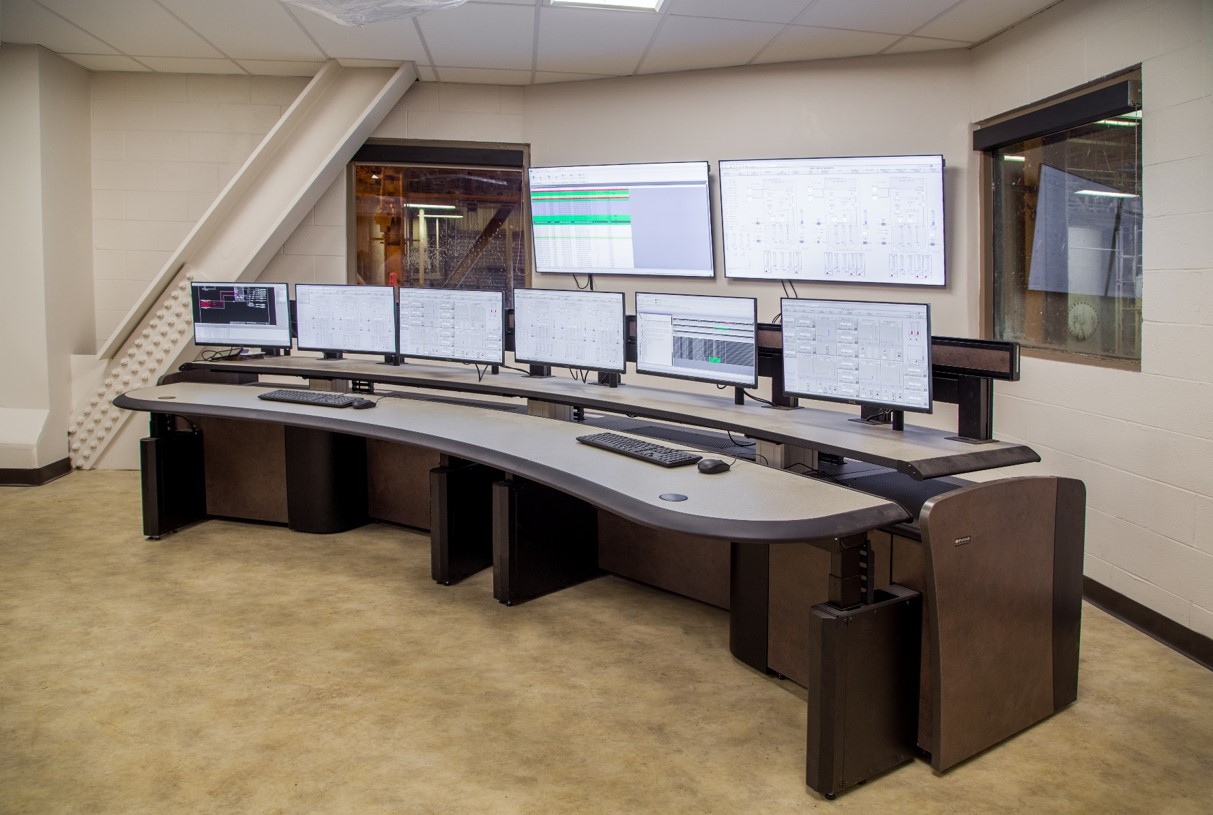The Benefits of Integrated Alarm Management Systems

Integrated alarm management systems represent a critical advancement in control room operations. These systems streamline the process of managing alarms, enhancing situational awareness, and minimizing response times, all of which are essential for maintaining safety and reliability across various industries.
Improved Response Times and Decision Making
Delayed response times to critical alarms due to loss of situational awareness is a root cause that almost all process plant disasters have in common. One of the primary benefits of integrated alarm management systems is their ability to significantly improve response times. With advanced integration, alarms from multiple sources can be centralized and prioritized, enabling operators to quickly assess and act on urgent situations. By utilizing intelligent filtering mechanisms, these systems can reduce alarm fatigue by minimizing false alarms, ensuring that personnel only respond to critical alerts that require immediate attention. This practice enhances an operator’s ability to detect diagnose, and respond to abnormal situations and enhances the overall safety and efficiency of the operation.
Key Advantages of Integrated Alarm Management Systems
- Enhanced Data Analytics and Reporting
Integrated alarm systems offer robust data analytics capabilities that empower control room operators to gain valuable insights into alarm performance and patterns. By systematically analyzing alarm data, operators can identify trends and recurring issues, allowing for targeted improvements in processes and equipment. Comprehensive reporting features also facilitate regulatory compliance and audits, ultimately contributing to a more transparent and accountable operational environment.
- Increased Collaboration and Communication
The integration of alarm management systems fosters enhanced collaboration and communication among team members. With real-time data access and shared visibility into alarm statuses, operators can coordinate their responses more effectively and ensure that information is swiftly communicated to relevant stakeholders. This interconnectedness optimizes teamwork and can lead to a more cohesive operational strategy, further elevating safety and performance standards.
- Streamlined Training and Onboarding
Lastly, integrated alarm management systems can streamline training and onboarding processes for new staff. Providing a user-friendly interface in tandem with standardized protocols, these systems allow newcomers to quickly familiarize themselves with alarm handling procedures. Comprehensive training modules within the system can also ensure that personnel are up to date on best practices and emerging trends, reinforcing a culture of continuous improvement and proficiency within the control room.
Strengthening Control Room Operations
By enhancing response times, leveraging data analytics, promoting collaboration, and facilitating training, these systems become indispensable tools for achieving optimal performance and safety in today’s complex operational environments. Investing in integrated alarm management technology not only protects assets but also fortifies the organization’s resilience against challenges in the evolving landscape.
